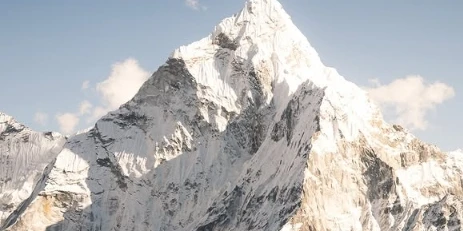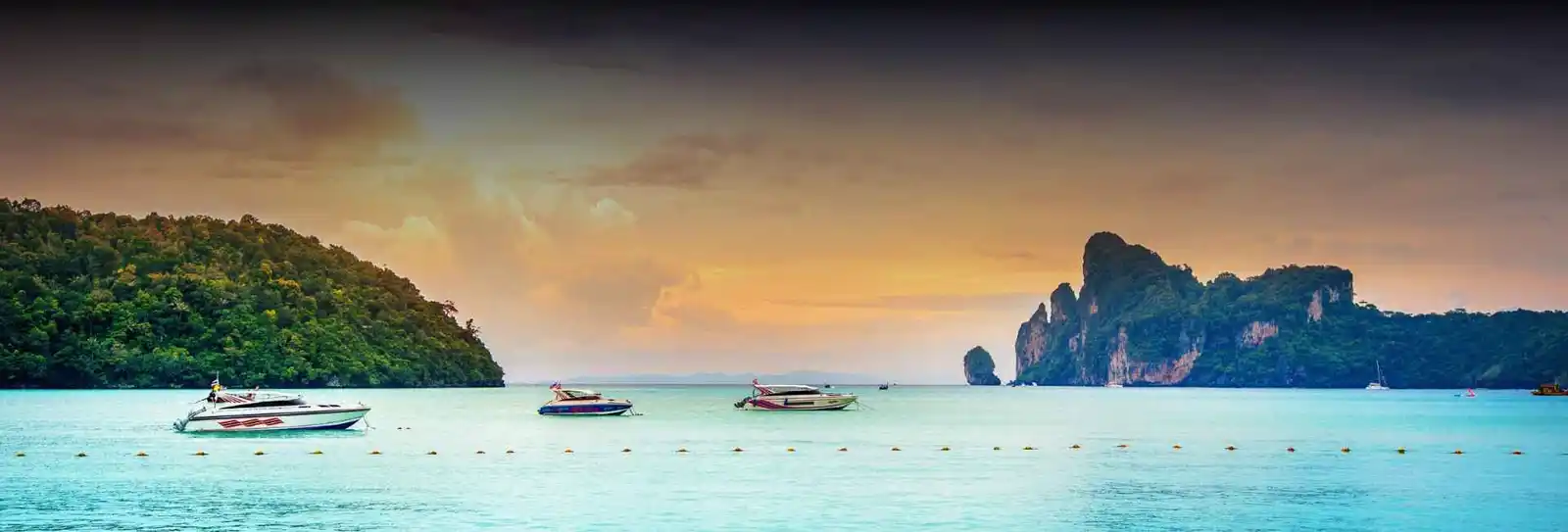
Among the winter treks in the Indian Himalayas, the names of Kedarkantha and Brahmatal shine the most. Both routes are so stunning, with snowy paths and life-long experiences, it can be difficult just to decide which to do. But all have their benefits and appeal to different people and different preferences in scenery, difficulty and crowds. Kedarkantha is frequently hailed as one of the best winter treks for beginners in the Indian Himalayas and lies in the Govind wildlife sanctuary in Uttarakhand. The track winds through thick Pine forests, lovely isolated villages , till it gradually ascends into vast snowfields offering unobstructed panoramic views of well-known peaks of the Himalayas, Snow peaks like Swargarohini, Bandarpoonch and Black peak.At 19,341 feet, the summit climb is challenging but manageable, and the pre-dawn sunrise view from the summit is. Indeed, the comparison between Kedarkantha and Brahmatal is up to what you want in a winter trek. If you like a mountain accessible to humans and with a classic summit experience alive with trail life, choose Kedarkantha. But if you prefer the road less crowded, moraine-rimmed alpine lakes and a bit more grunting, Brahmatal could be your ideal winter escape.Crowding on the Trails: Kedarkantha vs. BrahmatalKedarkantha – A Commercialised Trail With High Footfall. Famous as one of the most scenic treks, Kedarkantha is a popular choice among trekkers. Kedarkantha is a name that you will hear a lot during Indian winters, especially when you’re a novice and someone who loves winter trekking. The accessibility, beauty, and mild terrain make it popular among novice trekkers, college groups, and solo backpackers. This has the effect of making the trail very busy, especially over Christmas and New Year. Several trekking groups will be camping at the same spots, which means more social, but possibly less.Brahmatal – A Quieter Experience For People Who Crave Solitude. Brahmatal, while increasingly being known to the masses over the past few years, still gets a lot less footfall than Kedarkantha does. The path is a far more tranquil and intimate journey that likely attracts those wanting solitude or who are reluctant to be part of a crowd. The campsites in this area tend to be quieter, and the vibe is more untouched and peaceful in general. Brahmatal. If you like nature without too many people around, Brahmatal has better odds of solitude, even at the busiest times.Mountain Views: Kedarkantha vs. BrahmatalKedarkantha – 360 Degree Summit View perpendicular slopes of Khimlogaon crossing – last killing climb to the summit – peak in sight now – phew (16): we are the TOP..! The 360-degree view from the false summit, at 12,500 feet, is one of the Kedarkantha trek’s most memorable aspects. On a clear day, you will see a broad spurt of the high Himalayas ranges as: From the top, it is an amazing view at sunrise when the mountains are cast in golden and pink light. When you summit Kedarkantha, it’s a true summit climb, so you have those unimpeded top-down views of all the peaks.Brahmatal: Views from close-up On the Path. Brahmatal rewards hikers with breathtaking views all along the trail, particularly from the ridge walks and near the alpine lakes, instead of a traditional summit climb. Notable peaks seen from Brahmatal include: Especially when reflected in the tranquil, frozen waters of Brahmatal and Bekaltal lakes, these peaks appear closer and more spectacular. Often having a surreal sensation, especially during snowfall, the event is peaceful and photogenic.Difficulty Level: Kedarkantha vs. BrahmatalKedarkantha: Suitable for first-time trekkers, particularly for those just beginning to hike in snow, Kedarkantha is frequently recommended as the ideal first winter excursion. The path is indicated, gentle, and consists of little daily hikes from 4 to 6 kilometres. The final summit push, which is steep and sometimes carried early in the morning on frozen ground, is the toughest component. But first-time hikers may finish the ascent successfully if given good instructions and suitable gear.Brahmatal: Brahmatala grade above in challenge. Because of its longer route segments, more altitude gain per day, and exposure to wind and snow along ridgelines, Brahmatal is somewhat more difficult. More regular rises and descents characterise the trip, therefore, it can feel physically harder. Though it calls for more endurance and fitness, snow-laden routes and frozen lakes spice the adventure.Natural Beauty: Kedarkantha vs. BrahmatalKedarkantha: Standard Winter Wonderland, With its magical pine woods, snow-covered meadows, and expansive mountain vistas, Kedarkantha is frequently seen as a storybook winter excursion. As you proceed along the path, you come across vast open meadows covered in snow, lovely timber cottages, and dense woodlands with towering, frost-laden oak and pine trees. As you ascend, the beauty grows, particularly during dawn from the summit when the golden light illuminates the snow-capped Himalayan mountains with a fantastical sheen.Brahmatal: Ridge Walks and Alpine Lakes, Open ridgelines, calm high-altitude lakes, and a more varied hiking experience set Brahmatal apart. The unreal and quiet ambience is created by the frozen lakes, Bekaltal and Brahmatal, surrounded by snow-laden mountains and woods. The trip also involves lengthy ridge walks with amazing views of mountains like Trishul and Nanda Ghunti. The trail feels more isolated, with calm moments amid rhododendron and oak woods and amazing photographic opportunities with snow reflections on the surface of the lake.Campsites: Kedarkantha vs. BrahmatalKedarkantha: Open Meadows and Forest Clearings, Offering expansive views and magical sunsets or sunrises, Kedarkantha's campsites are distinguished by their setting in large snow-covered grasslands or calm forest clearings. Because it's a well-travelled route, these locations often accommodate many groups at once, which makes them bustling yet occasionally congested.Brahmatal: Lakeshore and Ridge Camps, Among rhododendron forests or beside peaceful alpine lakes, Brahmatal provides calmer, more immersive campgrounds. These locations provide isolation beneath a starry blanket and appear more isolated and quiet.Snowfall Received: Kedarkantha vs. BrahmatalEarly and regular snowfall in KedarkanthaOften beginning in mid to late December, Kedarkantha is renowned for its early and continuous snowfall. One of the most dependable winter treks for snow aficionados, the snow stays on the trail well into February or early March.Start of snowfall: mid-late DecemberPeak Snow Months: Late December to early FebruaryDiscovered as early as Juda Ka Talab (~9,100 feet), snow coverage grows closer to the base camp and the top.Snow-loaded pine woods, frozen lakes, and heavy snow carpets are perfect for first-time snow trekkersBrahmatal: More Snow at Greater AltitudesUsually, a little later than Kedarkantha, Brahmatal also gets good snow. Typically beginning by late December, snowfall increases in volume at elevations such as Bekaltal, Brahmatal Lake, and ridge areas. Mid-March is still snow, therefore lengthening the snow trekking season.Snowfall begins in late December.January to mid-March are the peak snow months.Snow Coverage Starts above 9,000 ft, especially around ridgelines and lakes.Trek Experience: Walking over snow-filled woods, frozen lakes, and ridges with wide white viewsRead: Foods to Pack for Treks|Highest Peak Kalsubai|Wonders of Kerala|Prepare for Your First Trek|Trek Fit India


